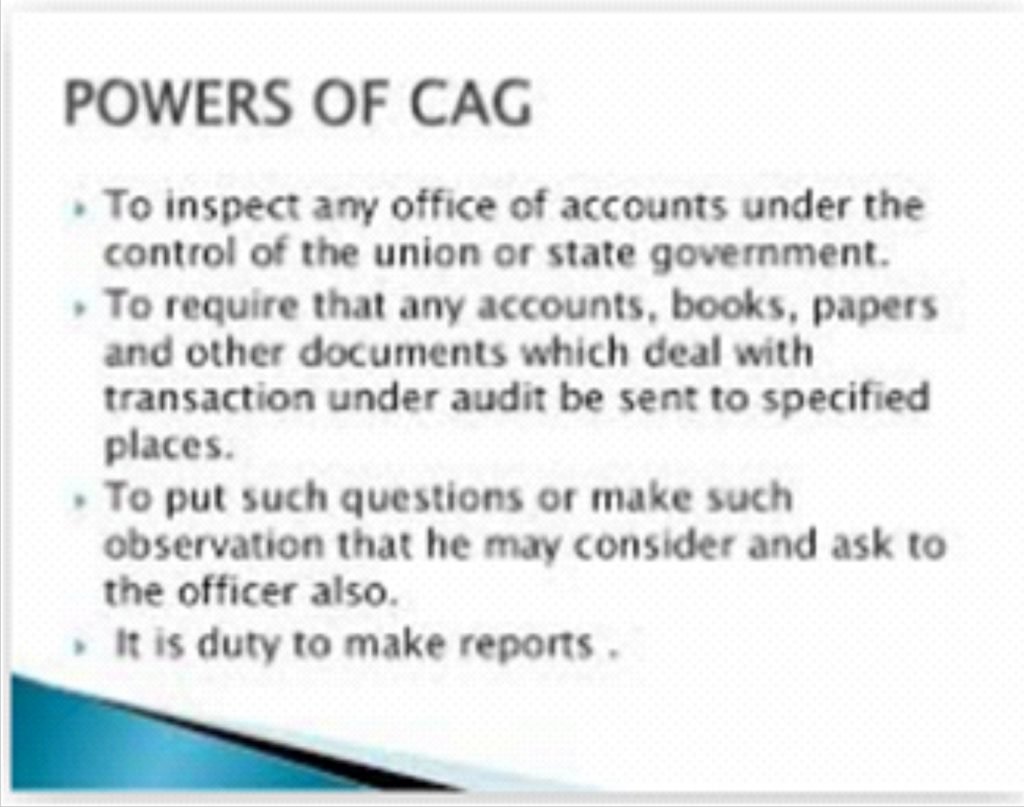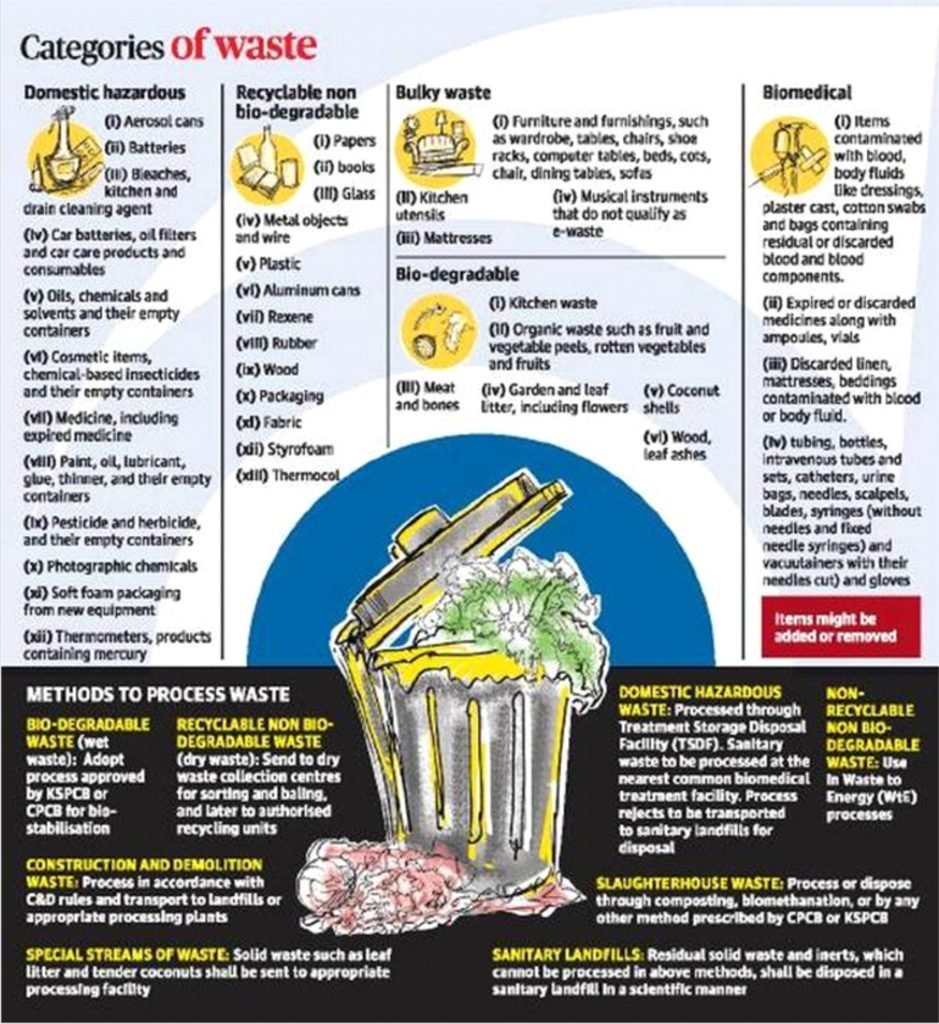5TH India – Singapore Defence Ministers’ Dialogue
IN NEWS:
- 5th Defence Ministers’ Dialogue (DMD) was recently held between India and Singapore through a video conferencing and continues the substantial increase in bilateral cooperation and defence partnership over the years.
- Defence and security engagements between India and Singapore have broadened significantly in scale and scope across all three Services of the Armed Forces as well as in the areas of defence technology and industry.
- Both countries have also found common ground on multilateral fora and engagements.
ABOUT:
- Both navies signed Implementing Agreement on Submarine Rescue Support and Cooperation.
- Full support was conveyed by both countries towards the early conclusion of agreements to establish reciprocal arrangements for the cross-attendance of military courses and facilitate conduct of live firings.
- Both also welcomed the initiatives to expand bilateral defence cooperation including the implementing agreement on Humanitarian Assistance and Disaster Relief (HADR) cooperation in August 2020.
| STAND OF INDIA | STAND OF SIGNAPORE |
| Conveyed gratitude for the role of the Singapore Armed Forces, in supporting foreign workers, many of whom were Indian Nationals, at the peak of pandemic.
Reaffirmed Association of Southeast Asian Nations (ASEAN) centrality in the regional security architecture Pledged its support to all endeavours of the ASEAN Defence Ministers’ Meeting (ADMM)-Plus. |
Complimented India’s successes in bringing down Covid-19 cases despite challenges in geography and population.
Expressed support for India’s upcoming co-chairmanship of the ADMM-Plus Experts’ Working Group on HADR.
|

Launch of Regulatory Compliance Portal
IN NEWS:
- Department for Promotion of Industry and Internal Trade (DPIIT) under the Ministry of Commerce and Industry has launched a regulatory compliance portal.
ABOUT REGULATORY COMPLIANCE PORTAL:
- First-of-its-kind central online repositoryof all central and State-level compliances.
- All Central Ministries/Departments and States/UTswould examine laws/regulations/rules under their purview
- Then they will implement an Action Plan to rationalize and simplify all the processes and remove burdensome compliances, decriminalize laws and repeal redundant Acts.
- These details would be captured and tracked on the Regulatory Compliance Portal.
- The steps taken will be instrumental in achieving the vision of Atmanirbhar Bharat and help usher ease of doing business for industry and ease of living for citizens.
AIMS:
- Act as a bridge for citizens, industries and the government to minimise burdensome compliances.
- Reduce the compliance burden
- Simplify further the citizen-government interface whether online or offline
- Remove antiquated and obsolete acts which don’t add value
KIIFB borrowings
IN NEWS:
- The Comptroller and Auditor General (CAG)reported that the off-budget borrowings for critical infra projects by the Kerala Infrastructure Investment Fund Board (KIIFB) have bypassed the limits set on government borrowings under Article 293 of the Constitution as these borrowings did not have legislative approval.
ABOUT:
- Entry 37 of the List 1 of the Seventh schedule of the Constitution gives powers of raising foreign loans only to the Centre.
- KIIFB borrowings are in violation of the Constitution and encroachment on the powers of the Centre.
- KIIFB borrowings have not been disclosed in the Budget documents or in the accounts, which questions transparency, and of inter-generational equity of the borrowings.
- It raised funds by issuance of bonds which were to be repaid from the petroleum cess and motor vehicle tax.
STAND OF STATE GOVERNMENT:
- State was not given any opportunity to offer its comments, observations or explanation before publishing of the report by the CAG.
- Funds from KIIFB are being used to build public infrastructures and such a move by CAG could hurt the interests of the State.
- KIIFB Bonds were raised with the approval of RBI then how such borrowings can be unconstitutional.
CONCLUSION:
- As KIIFB has no source of income, and state stood as a guarantor to the borrowings by the KIIFB, and this may ultimately turn out to be a direct liability of the State government.
- State has to furnish to Centre all the financial statements showing the estimates of receipts and payments of all sources of borrowings, including Open Market borrowings.
- If this mode was followed by other States, the external liabilities of the country would rise substantially without the Centre’s knowledge of such liabilities.
- For decentralisation of financial autonomy, it is necessary to provide a mechanism for regulation of state subnational debt.
| Chapter II in Part XII of the Constitution of India deals with borrowing. Article 292 deals with borrowing by the Central Government, Article 293 (1) of the Constitution sets the limit on state government borrowings.
Off-budget borrowings: Government keeps its fiscal deficit in check by making quasi-government entities borrow on its behalf, to partly fund its expenditure plan for the year. |

Ensure scientific management of e-waste, environmental crimes as serious as assault: NGT to CPCB
AND
Biomedical waste sites must get authorisation: NGT
IN NEWS:
- National Green Tribunal (NGT) has recently ordered central and all state pollution control boards that scientific disposal of e-waste should be ensured as per rules citing huge gaps in compliance of electronic waste-management rules.
- NGT has directed biomedical waste management facilities in the country to obtain authorisation from State pollution control boards to ensure compliance from the biomedical waste management facilities due to regular fines being imposed on various healthcare facilities and biomedical waste treatment facilities.
ABOUT ORDER RELATED TO E-WASTE MANAGEMENT:
- To reduce damage to the public health, environment and meaningful enforcement of rule of law, all the state pollution control boards need to identify the hotspots by constant vigil and to coordinate with the District Administration at local levels.
- Large number of accidents takes place in residential areas due to unscientific handling of e-waste, which needs special attention for constant vigilance in such hotspots.
- Further steps should be taken for scientific enforcement of E-Waste Management Rules, 2016 (EWMR) in the light of the reports of the CPCB.
WHAT IS E-WASTE (Electronic-Waste)?
- Old, end-of-life or discarded electronic appliances. It includes their components, consumables, parts and spares.
- Central Pollution Control Board (CPCB) noted that India generated more than 10 lakh tonnes of e-waste in 2019-20, an increase from 7 lakh tonnes in 2017-18.
- E-waste dismantling capacity has not been increased from 7.82 lakh tonnes since 2017-18.
- In 2018, the Ministry of Environment held that 95% of e-waste in India is recycled by the informal sector and scrap dealers unscientifically dispose of it by burning or dissolving it in acids.
- The Ministry of Environment, Forest and Climate Change notified the E-Waste Management Rules, 2016 in supersession of the E-waste (Management & Handling) Rules, 2011.
BIO-MEDICAL WASTE GUIDELINES
- CPCB: Ensure strict compliance of biomedical waste management rules and scientific disposal of the waste.
- The Chief Secretaries of all the States/UTs to oversee compliance and ensure that authorisation is secured by every health care facility in their respective jurisdiction and there is adherence to the norms.
- Groundwater contamination does not take place while permitting deep burials.
- Hazardous bio-medical waste is not mixed with the general waste.
- Frequent Violation of Rules: The direction came as a result of
- Differentiation of COVID-19 biomedical waste from general garbage is a must to avoid further contamination adversely affecting public health.


RBI: Cost of green bonds issuance high in India
IN NEWS:
- A study by Reserve Bank of India (RBI) noted that the cost of issuing green bonds has generally remained higher than other bonds in India, largely due to asymmetric information.
ABOUT:
- The average coupon rate for green bonds issued since 2015 with maturities between 5 to 10 years have generally remained higher than the corporate and government bonds with similar tenure.
- For the US dollar-denominated green bonds with tenure of more than or equal to 10 years, the coupon rate was, however lower than the corporate bonds.
- It may be mentioned that most of the green bonds in India are issued by the public sector units 17 or corporates with better financial health.
- It is evident from the fact that the private sector issuers of green bonds, on average, reported lower debt-to-assets ratio compared to the non-issuers of green bond.
- Green bonds constituted only 0.7 percent to fall the bonds issued in India since 2018, and bank lending to the non-conventional energy constituted about 7.9 percent of outstanding bank credit to the power sector, as of March 2020.
- High borrowing cost has been perhaps the most important challenge and analysis indicates that it could be due to the asymmetric information
- Therefore, developing a better information management system in India may help in reducing maturity mismatches, borrowing costs and lead to efficient resource allocation in this segment.


